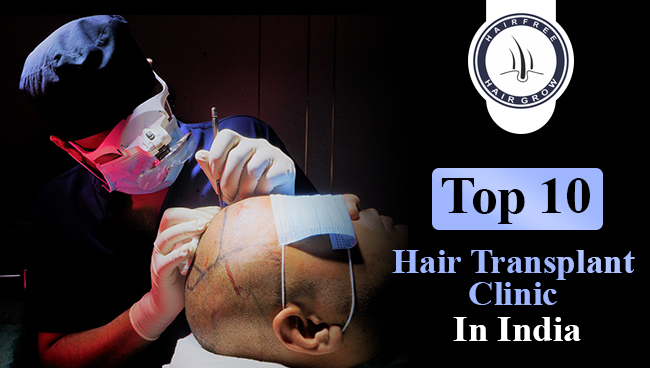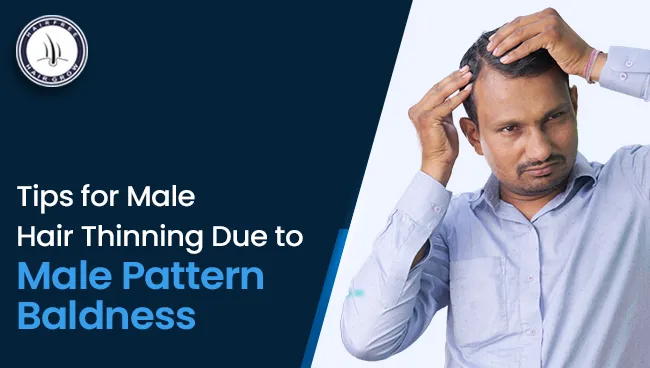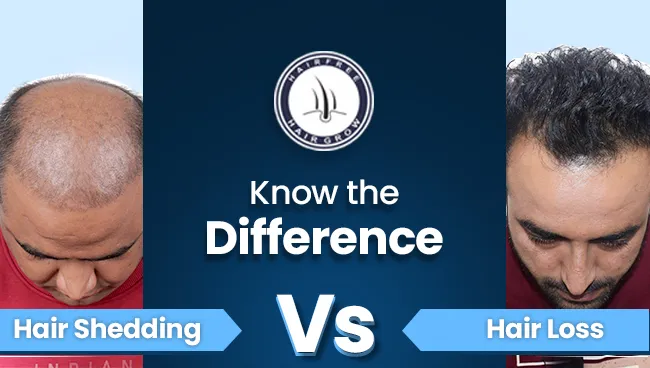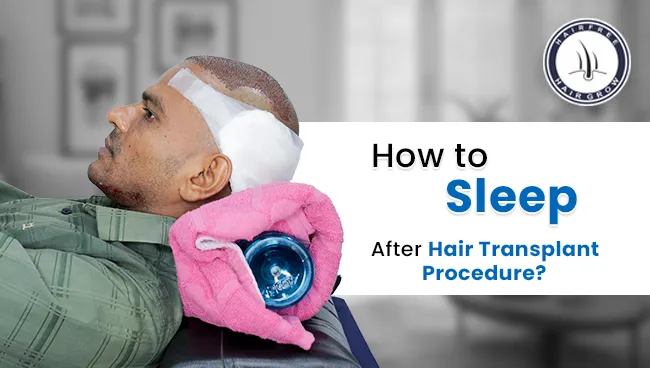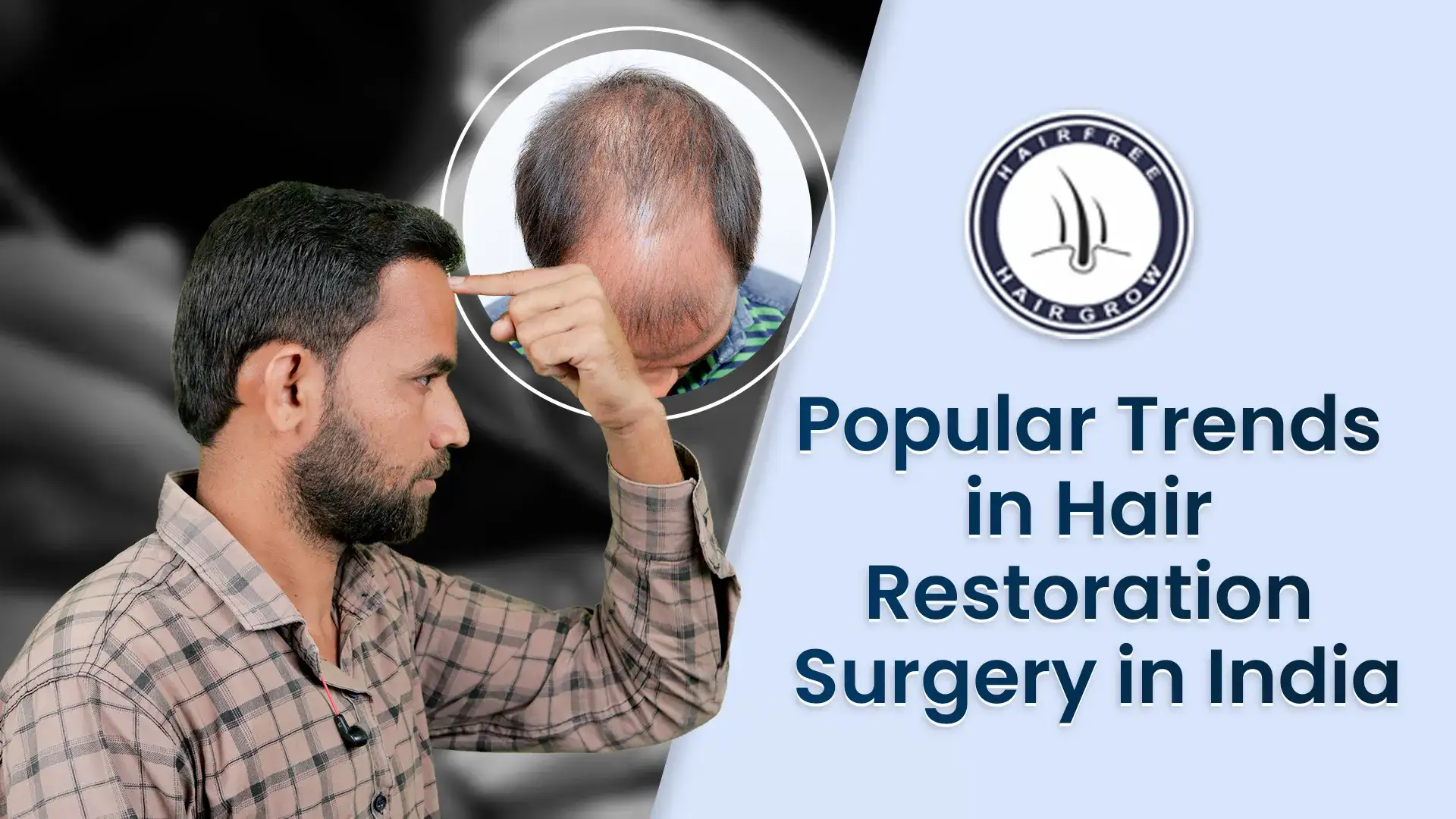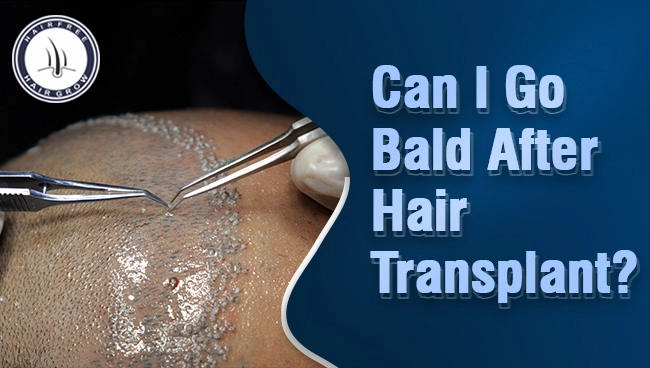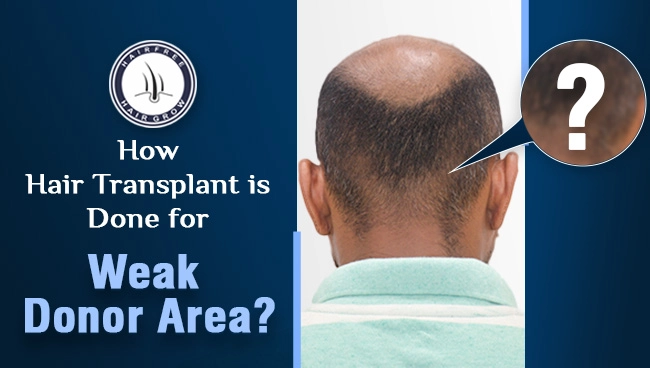Laser hair removal has revolutionized the way people manage unwanted body and facial hair. With its long-lasting results and ability to reduce hair growth significantly, it has become one of the most popular cosmetic procedures. However, to achieve the best results and avoid potential risks, it’s essential to understand how laser hair removal works, who it’s best suited for, and the types of lasers available.
Let’s dive into the details to ensure you get the best results without unwanted side effects like burns, discoloration, or hyperpigmentation.
Understanding Laser Hair Removal: How It Works
Laser hair removal relies on a process called selective photothermolysis, where a specific wavelength of light targets the pigment (melanin) in the hair root. The light energy converts into heat, effectively destroying the hair follicle and preventing future growth.
The key term here is selective—the laser must target the hair follicle without affecting the surrounding skin. Missteps in this process can lead to burns or pigmentation issues, which is why understanding your skin type and hair color is crucial.
Why Choosing the Right Provider Matters
Laser hair removal devices are powerful tools, but the results depend heavily on the provider’s expertise. Unfortunately, the widespread availability of laser services in salons and spas often leads to improper use of devices, resulting in burns and complications. Always prioritize a certified dermatologist or a reputable clinic over budget-friendly options. Your safety and results are worth the investment.
Why Choose Laser Hair Removal?
Laser hair reduction offers several benefits:
- Long-Lasting Results: Unlike shaving or waxing, laser hair removal provides long-term reduction in hair growth.
- Precision: Lasers can target coarse, dark hairs while leaving the surrounding skin undamaged.
- Time-Saving: The treatment covers large areas of the body quickly, making it more efficient than other methods.
- Reduction of Skin Irritation: It minimizes the risk of ingrown hairs, cuts, or irritation that often come with shaving or waxing.
Who Is the Best Candidate for Laser Hair Removal?
For years, the ideal candidate for laser hair removal was someone with light skin and dark hair. This is because the laser targets the melanin (pigment) in the hair, and darker hair provides a better contrast against lighter skin.
Advancements in technology now allow individuals with darker skin tones to benefit from safe laser hair removal as well. However, it’s less effective on:
- White or gray hair
- Light blonde hair
- Red hair
People with these hair types might consider electrolysis as an alternative.
Understanding the Different Types of Lasers
Not all lasers are created equal, and the type of laser used can make a significant difference in results and safety.
IPL (Intense Pulsed Light)
- Not a true laser but often marketed as one.
- Uses broad-spectrum light to target hair follicles.
- Inconsistent results and higher risk of burns or discoloration, especially for darker skin tones.
- Best for fair-skinned individuals with dark hair.
Diode Laser
- Effective for light to medium skin tones.
- Offers deep penetration and fast treatment.
Alexandrite Laser
- Operates at a wavelength of 755 nanometers.
- Works well for light to olive skin tones.
- Known for its speed but can be painful.
Nd:YAG Laser
- Best suited for darker skin tones.
- Operates at a wavelength of 1064 nanometers, bypassing the melanin in the skin and targeting the hair follicle.
- Less effective for fine or light-colored hair.
Some modern devices combine multiple wavelengths (e.g., Alexandrite and Nd:YAG) to treat different hair types and skin tones simultaneously, providing better results for diverse needs.
Laser Hair Removal Risks and Precautions
Laser hair removal is generally safe, but there are risks if the procedure is not performed correctly:
Burns and Hyperpigmentation
These are common when the laser targets skin instead of hair.Paradoxical Hypertrichosis
A rare condition where laser treatment stimulates more hair growth instead of reducing it.Temporary Redness and Swelling
These are normal side effects and usually subside within a few hours.
To minimize risks:
Choose a Qualified Provider
The effectiveness and safety of the treatment depend on the expertise of the practitioner. Avoid salons or nail studios that offer the procedure without proper certification.Avoid Sun Exposure
Tanned skin increases the risk of burns. It’s recommended to avoid sun exposure for at least two weeks before and after the treatment.Shave Before Treatment
Shaving ensures the laser targets the root of the hair without burning the surface hair.
Laser Hair Removal for PCOS Patients
Polycystic Ovary Syndrome (PCOS) often causes excessive hair growth in areas like the jawline, neck, and chest. Contrary to popular belief, PCOS patients can undergo laser hair removal. However, hormonal imbalances mean it takes more sessions (18–24 months on average) to achieve the desired results.
Patience is key. Treatments need to be spaced out, and providers must use a gentler approach to minimize risks such as paradoxical hypertrichosis (temporary increased hair growth in treated areas).
What to Expect During Laser Hair Removal Procedure
Consultation
A dermatologist or licensed professional will evaluate your skin and hair type to determine the best laser for you.Preparation
The area to be treated will be shaved, cleaned, and marked.Treatment
A handheld laser device is applied to the skin, emitting pulses of light. You may feel slight discomfort similar to a rubber band snapping against your skin.Post-Treatment Care
The treated area may be red and swollen. Cool compresses and soothing creams can help alleviate these symptoms.
How Many Laser Hair Removal Sessions Are Needed?
Hair grows in cycles, and laser hair removal is most effective during the active growth phase (anagen phase). Since not all hairs are in this phase at the same time, multiple sessions are required to achieve optimal results.
- Average Sessions: 6 to 8 treatments, spaced 4 to 6 weeks apart.
- Maintenance: Some individuals may require touch-up sessions every year or two.
Laser Hair Removal Results and Expectations
Most individuals notice a significant reduction in hair growth after a few sessions. The results can vary based on factors such as:
- Hair color and texture
- Skin tone
- Hormonal levels
While laser hair removal does not guarantee 100% hair removal, it significantly reduces hair growth, making hair finer and lighter over time.
Cost of Laser Hair Removal
The cost varies depending on:
- The area being treated (e.g., face, legs, bikini line).
- The type of laser used.
- The provider’s expertise and location.
On average, a single session can range from Rs.2000 to 10,000. Packages often provide better value for multiple sessions.
Is Laser Hair Removal Worth It?
If you’re looking for a long-term solution to unwanted hair and are willing to invest time and money, laser hair removal is a worthwhile option. It saves you from the hassle of frequent waxing, shaving, or plucking, and can boost your confidence by providing smooth, hair-free skin.
Conclusion
Laser hair removal is a game-changer for anyone seeking a more permanent solution to unwanted hair. By understanding how it works, choosing the right laser for your skin and hair type, and following pre- and post-treatment guidelines, you can achieve excellent results safely.
Whether you have PCOS, darker skin, or a history of failed hair removal methods, laser technology has evolved to cater to a diverse range of needs. With patience, consistency, and the right provider, you can enjoy the benefits of this transformative treatment.
Written By
MD (Skin & VD)
Dr. Richa Sanmukhani is a hair restoration expert specializing in laser hair removal. She provides expert guidance on safe, effective treatments to achieve long-term hair reduction, helping patients enjoy smooth skin with advanced, science-backed laser technology for optimal results.
Disclaimer
We’ve made all possible efforts to ensure that the information provided here is accurate, up-to-date and complete, however, it should not be treated as a substitute for professional medical advice, diagnosis or treatment. See Detailed Disclaimers Here.





